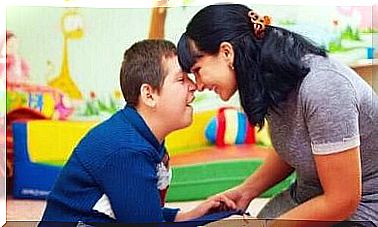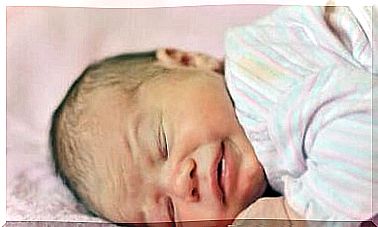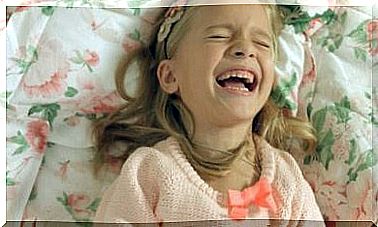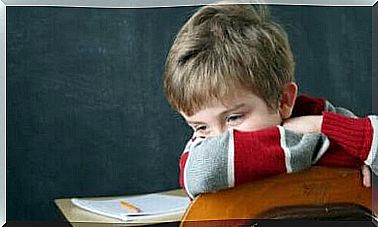Infants’ Different Temperaments And Their Characteristics
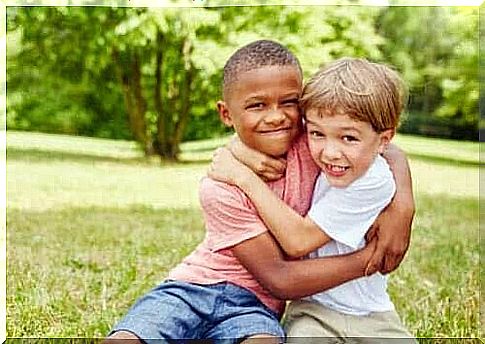
Infant temperament has been studied extensively by theorists in clinical psychology and developmental psychology. Among these theorists, Thomas and Chess stand out in particular. Through their research, this team of American psychologists succeeded in classifying the different types of temperament in infants and their characteristics. Today, their research is an excellent reference point for understanding behaviors during early childhood.
Definition of infant temperament
The term “temperament” has many different meanings, but most researchers agree on the following definition:
In fact, a person’s temperament is not learned behaviors. Instead, they are based on characteristics that exist from birth. Therefore, temperament has a genetic component. One’s personality is therefore the result of the interplay between temperament and environment.
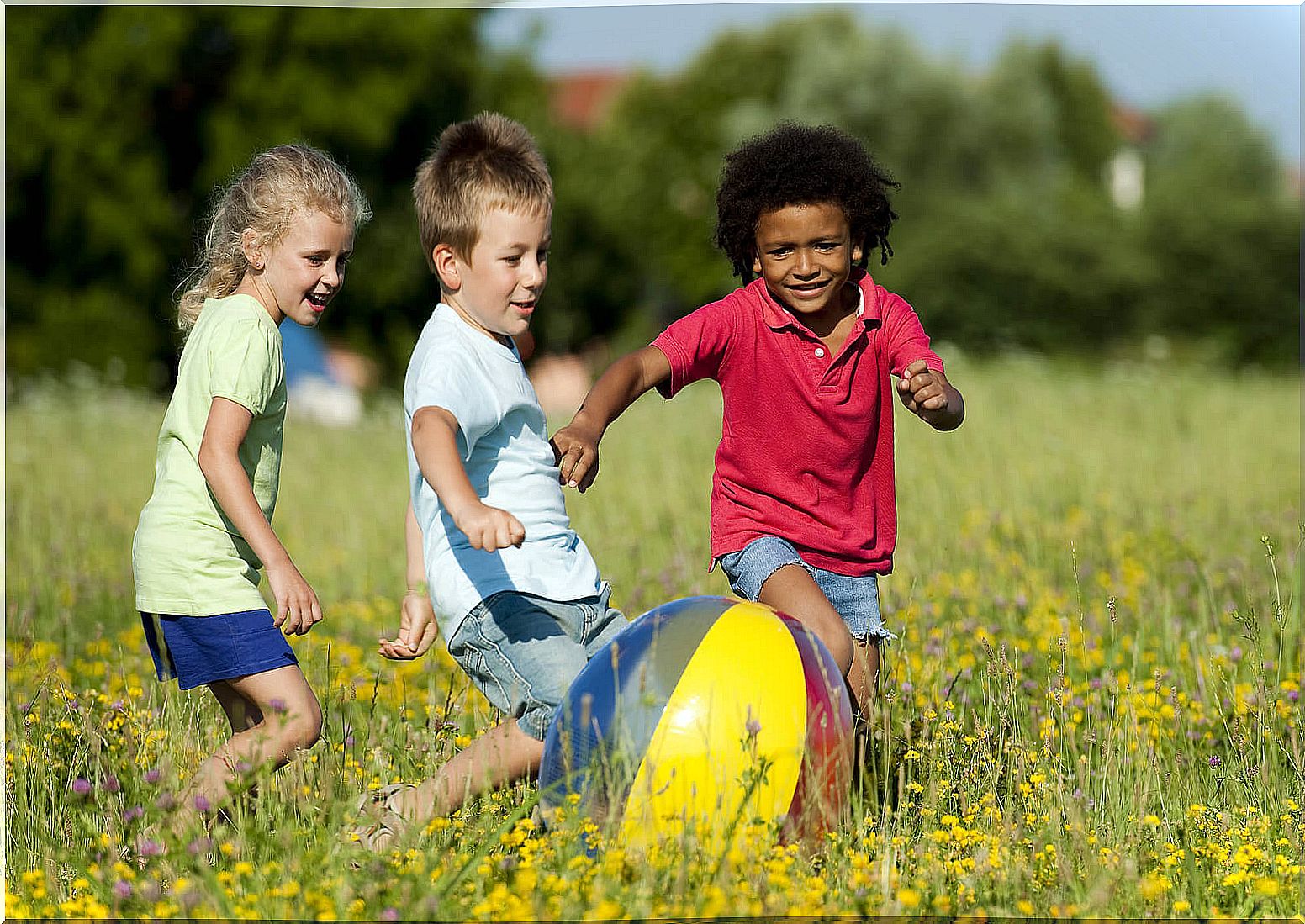
According to these researchers, the characteristics related to temperament help us to understand children’s complex psychology. If parents and teachers are aware of these characteristics, they can therefore better understand children’s reactions and help them in their education and well-being.
Below we look at the characteristics or traits that define infants’ temperaments and what different types there are. And we will do it based on research from child psychiatrists Thomas and Chess.
Infant temperament – characteristics
Thomas and Chess conducted their research by observing the characteristics of 141 children in 85 different families. Based on their observations, they identified nine characteristics or traits. These characteristics are already present at birth.
Let’s look at each of them:
- Activity level. This has to do with a child’s motor activity. In other words, how often a child moves in daily interactions with parents, while sleeping and awake.
- Biological rhythm. This feature indicates the regularity of biological functions. It takes into account, among other things, when the child eats, sleeps, fulfills his needs, etc.
- Approaching and withdrawing. This determines a child’s willingness to take on different situations, places, people and new things. In other words, it shows how a child responds to new stimuli or people.
- Adaptability. This ability to adapt to the stimuli mentioned in the previous point. In other words, it describes how children handle change and transitions.
- Intensity. This trait refers to how expressive children are and the intensity of their response to emotions such as happiness, sadness, anger, etc.
More features
- Sensory threshold. This is the sensitivity that children show to physical stimuli such as noise, temperature, light, etc. To determine a child’s sensory threshold, one observes the level of stimulation needed to elicit a response from the child.
- Mood. This is the amount of positive or negative answers that a child shows. A positive attitude reflects happy and expansive children, while a negative attitude reflects children who are serious and easily irritated.
- Distractibility. This is the concentration that a child can achieve before external stimuli when trying to perform a task. Similarly, distractibility has to do with how these external stimuli disrupt the child’s behavior.
- Perseverance / focus. This is a child’s ability to continue an activity when it is difficult or when obstacles arise.
Infants’ different temperaments
According to Thomas and Chess, the combination of these nine patterns of behavior forms three different temperaments:
- Light children
- Gentle and severely warmed children
- Difficult children
Let’s take a closer look.
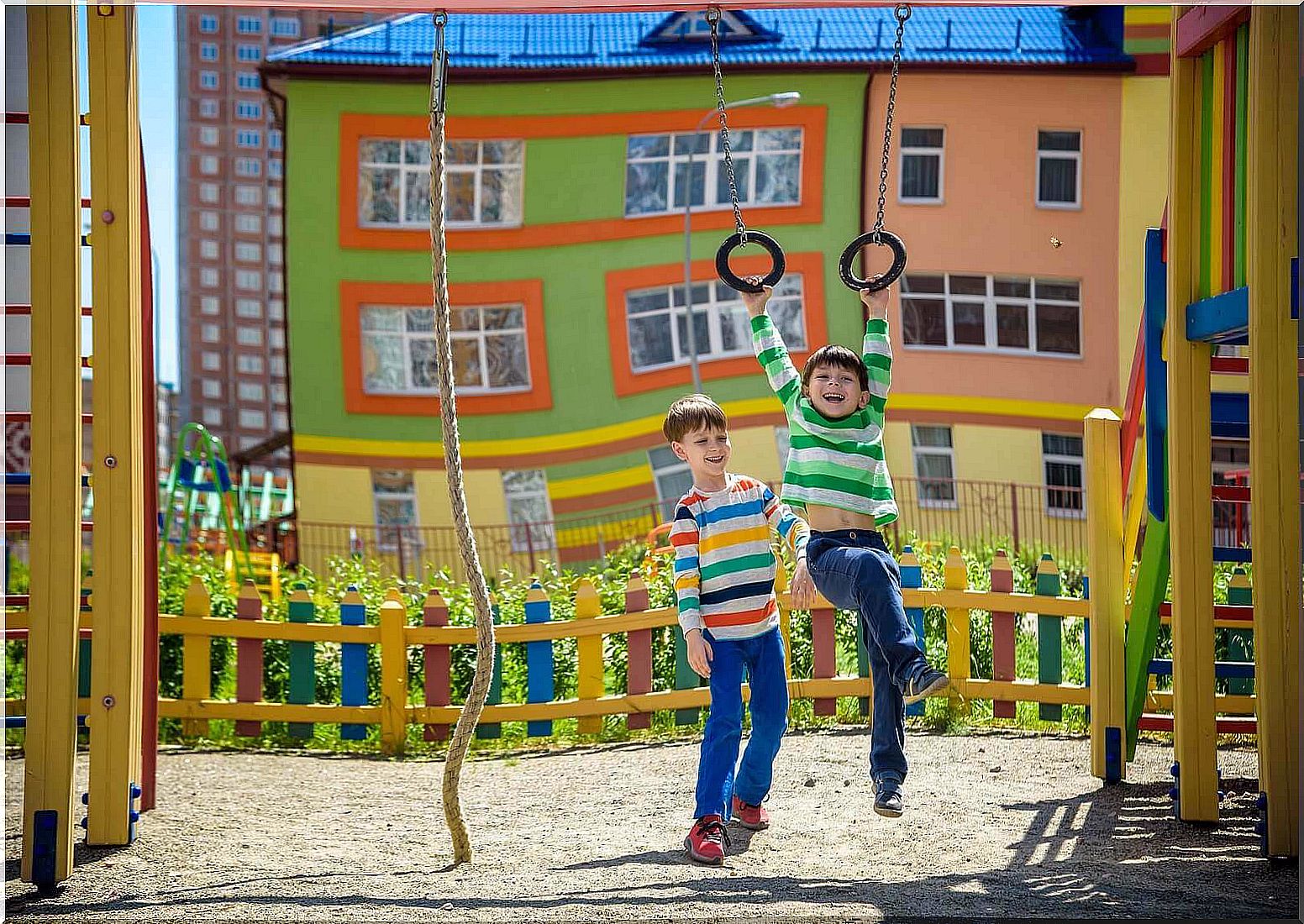
Difficult children (10%)
Children who fall into this category are irregular when it comes to food and sleep patterns. At the same time, they are very active and have difficulty adapting. Therefore, there is a tendency to reject and withdraw from new or strange situations.
They are often irritated and aggressive, have little emotional self-regulation and have a negative attitude. In addition, they often respond intensively to external stimuli.
Light children (40%)
Children who fall into this category have a highly developed biological rhythm. In addition, they show interest in new experiences and situations and have the ability to adapt well to change. Their responses to emotions are of low to moderate intensity, and they have a positive disposition and are happy and affectionate.
Gentle and warm children (10%)
These children are not very active nor very accessible. In other words, they are shy and scared and their first reaction to the unknown is to withdraw. But over time, they can adapt to change. Like difficult children, they have a negative mood and respond with low to moderate intensity to external stimuli.
Their hesitation, shyness and inaccessibility make it difficult for them to engage in social relationships.
What you should keep in mind when it comes to your child’s temperament
Thomas and Chess suggest different parenting strategies depending on each individual child’s temperament. In that sense, children with a severe temperament need more restrictive control and less negative responses from their parents. At the same time, children who are more cautious and slow to respond need to be encouraged to explore new situations, and saving children feels best through mild and moderate discipline.
Therefore, it is important that we as parents and teachers must understand the different types of temperament. It helps us to better understand our children’s reactions and makes it easier for us to help our children in their development.

